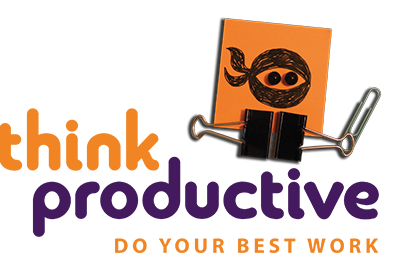One needs to be able to take criticism to the head, and not to the heart. There will be times where we need to hear what we are afraid of hearing the most; it is the only way to learn and grow. Grow as an individual Productivity Ninja as well as an army/team of Productivity Ninjas, that is.
Criticism can come in many different shapes and forms but as much as the person giving criticism needs to be careful with their choice of words and tone, the receiver also has to keep in mind that
a) Criticism is there to make improvements
b) Everyone makes mistakes, because we’re all human and not superheroes.

Constructive Criticism
This is the most useful criticism any of us will ever receive. It could be the difference between learning from our mistakes, and remaining in the same place and not moving forward. Constructive criticism intends on providing a person with the opportunity to grow and develop, and to make their previous plans better.
Destructive Criticism
Essentially, as the name suggests, destructive criticism seeks to destroy a person/work. This might not seem to be very useful on first sight, but let us explain more. The critic providing these destructive criticisms clearly has an issue with you, or your work. However, it reflects more about that person than it reflects you. Do not ignore it, but also do not take it to heart. This is your chance to help build your team and sort out the root of the problem, so you can not only help yourself, but help your team work in unity.

Practical Criticism
A form of criticism that addresses the practical issues, suggesting ways to develop and areas to improve on, when looking on the physical aspects of the work/performance. You want your co-workers to inform you about a problem that could arise from your work, rather than going through with it and then failing as a result.
Theoretical Criticism
As an overarching view, this type of criticism focuses on areas concerning ideas and theory. At this stage in your work, it is perhaps very useful to be criticized on your ideas before testing them out. This is the most ideal stage to hear criticism, since it puts in place measures that will help ensure that once these theories are put into practice, your work shall not fail. That doesn’t mean you should waltz into a brainstorming meeting and put down everyone’s ideas – be careful with your choice of words and don’t be a barrier for effective meetings.
Recognize the Critic
Do not be too presumptuous about the person who is providing you feedback. Look at it from their point of view, rather than your own, because they can be recognizing and seeing something in your work and performance that you were blinded towards. Their position is vital to understanding how exactly your work may be interpreted.

Application
Once you’ve received feedback, the next step is implementation. You have basically been given a great opportunity to improve and make changes. The worst thing you could do is to carry on as before. Ask for help were needed and make sure you have your next feedback scheduled in as you leave the conversation. Don’t forget, feedback goes both ways. You don’t just have to be the receiver, you also need to voice your opinion and make sure everyone in your team does their part.
By Rosie To
